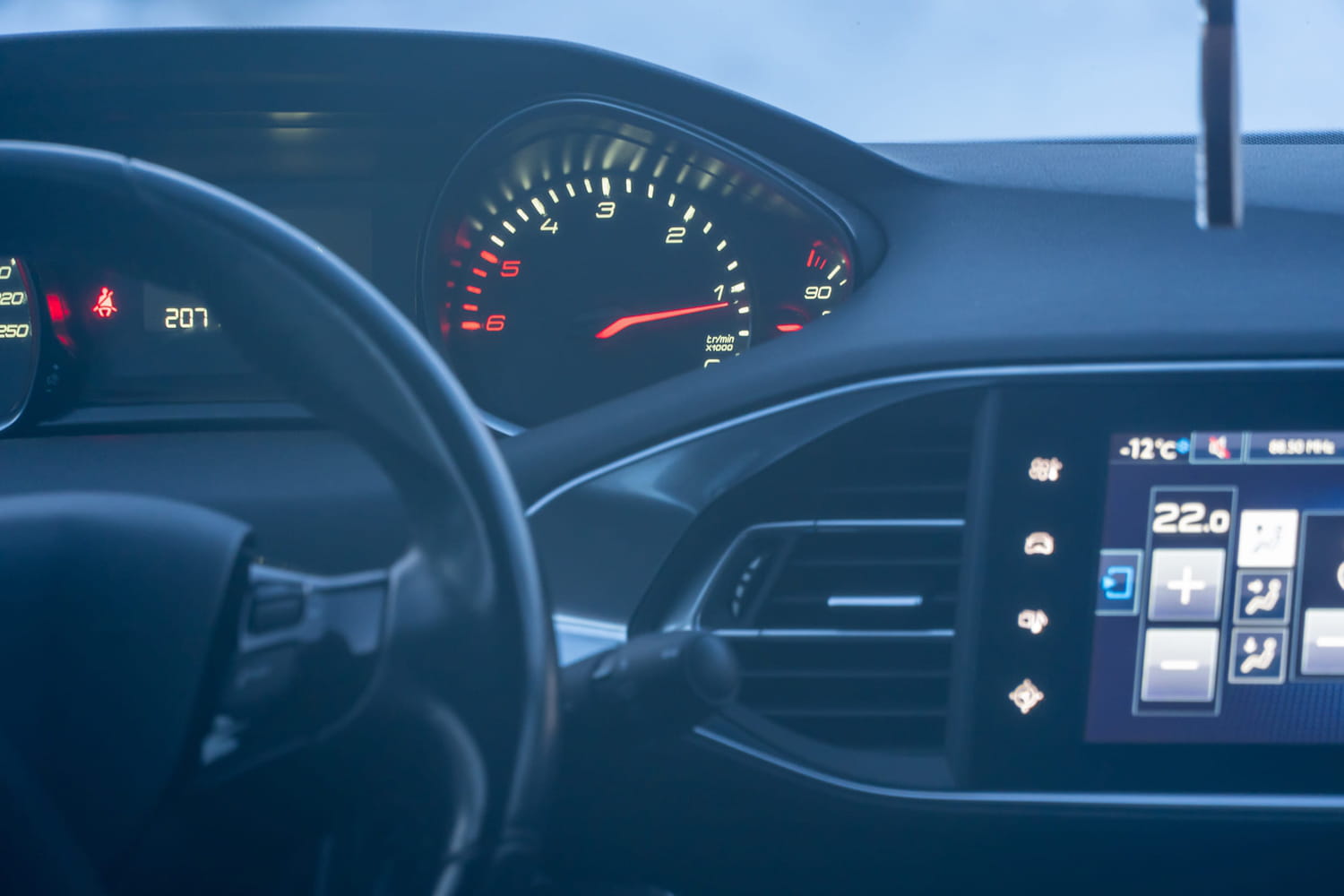In autumn as in winter, the cold can cause problems with our cars. Between dropping temperatures and ambient humidity, it’s essential to monitor this light on the dashboard before hitting the road.
With the return of cool mornings, it is more than ever time to prepare your car for the cold. Drivers know: before winter, it is better to anticipate. Fluids to check, tires to adapt, battery to monitor… These elements are essential for driving safely, but one detail in particular, often overlooked on the dashboard, can endanger everyone’s safety if we do not take care of it now. And very often, we no longer really remember what certain indicator lights correspond to.
Indeed, it is essential to check certain details on each vehicle as the first frost approaches. And even Southerners, still spared from the cold at this time of year, are not sheltered from the heavy autumn rains which also make driving more risky. Grip decreases, braking distances increase, and the risk of loss of control increases, especially when certain dashboard lights are ignored. The slightest mechanical failure can then have much more serious consequences than the rest of the year.
There is one warning light in particular on the dashboard which must be quickly taken into account to avoid any risk of accident in winter: that of the braking system. Obviously, this is one of the most important to watch out for: always red when it lights up, this means potential danger. And the cold can be the cause. Ambient humidity and negative temperatures can cause several damages, such as hardening of the brake fluid or the formation of ice on the brake pads for example. Two frequent situations which greatly reduce the effectiveness of the braking system, making driving on any road – but even more so on wet, snowy or icy roads – even more dangerous.
Of course, other problems can arise from the cold. The company Fixter, a specialist in automobile maintenance, also warns of another warning light that should not be ignored during the fall and winter: that of the tire pressure monitoring system. Because cold air is denser than hot air, tire pressure can drop as temperatures drop. Underinflated tires increase braking distance and the risk of skidding in bad weather. It is therefore essential to check them now.








